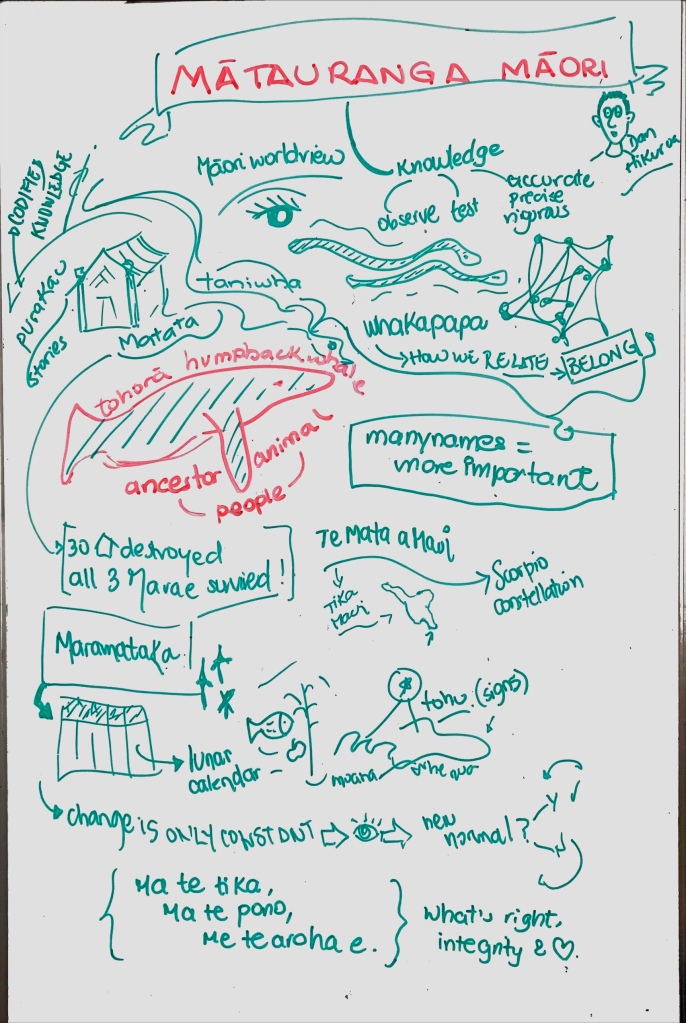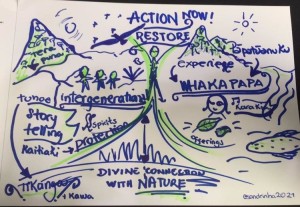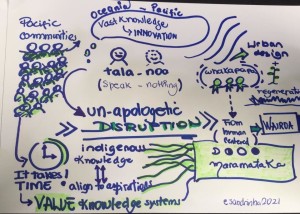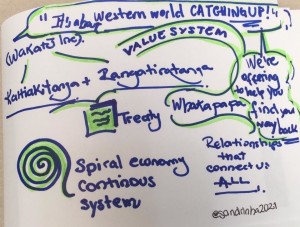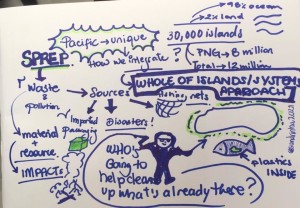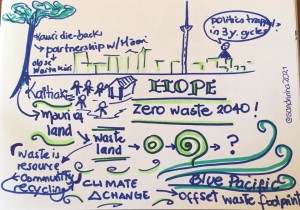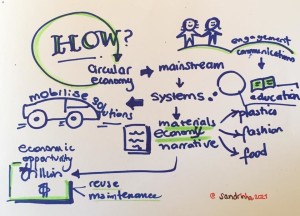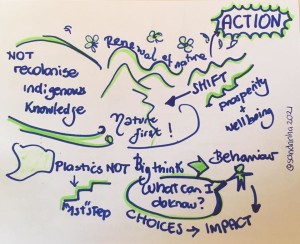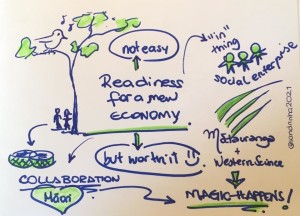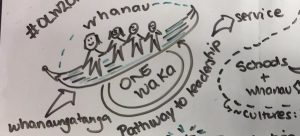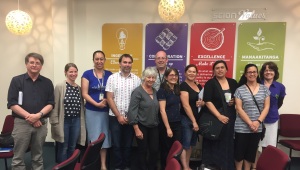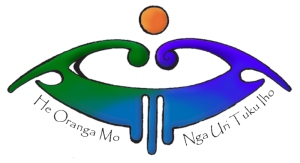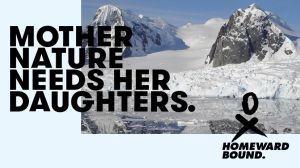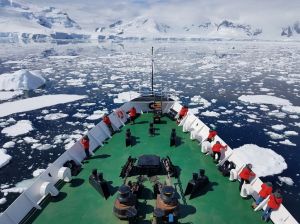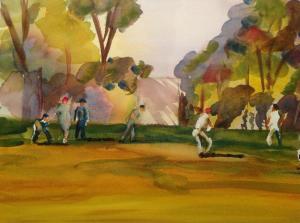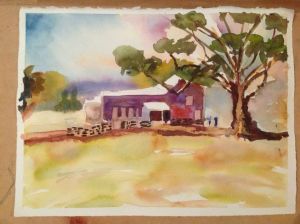My PhD research on tree crops for bioenergy in New South Wales, sparked my interest on day to day policy on agricultural issues in Australia. I have become an Aussie ag news junkie :0) Initially an observer, now I am part of a group that shares up-to-date Aussie ag info, comments, insights and discuss openly about agriculture and issues affecting farmers. I have come across this group through social media. I call it a ‘group’ because that is how I about it. AgChatOz describes itself as ‘Australia’s forum for discussing all things agricultural’. I would add to their own description, that this forum runs in an open and respectful fashion.
To join AgChatOz , simply log into Twitter™ and use the hashtag #agchatOz. Every Tuesday, from 8 to 10pm (Sydney time), AgChatOz hosts an online discussion. Chat participants answer the questions posted by the facilitators. Anybody can suggest questions in advance as well. Using Twitter™ is relatively simple, but challenging at the same time, because you need to convey your ideas in 140 characters. This can seem daunting to first-timers but let me assure you that with time, you’d get better at it. At any time, you can share info with others who are following AgChatOz using the #agChatOz in Twitter. If you don’t like Twitter™, you can interact through AgChatOz on Facebook as well.
So I have been observing some AgChatOz tuesday chats for the last couple of months. It is interesting that I am having similar insights from the weekly tutorials on ‘Environmental Policy and Communications’ that I run at the Crawford School of Public Policy. I have realized that the more people participate, the richer the dicussion. This week in particular, was special for me, and I bet for many of the AgchatOz participants. The discussions were very rich. One of the questions discussed was:
What does sustainable farming mean to you and how can it be achieved?
Answers started flowing, built upon, commented, retweeted, it was like a cascade of ideas and feelings about farming and sustainability. So many indeed, that somebody suggested doing a word cloud. What a great idea! One of the challenges with Twitter™ though, is that discussions are deleted soon after. It is a very ephemeral tool and no records are automatically archived. Thanks to my tech-wizz academic skills adviser, Megan Poore, I managed to save the conversation before it vanished from the web using twdocs. So here it is, a world cloud about the contributions about sustainability made this Tuesday 14th August, 2012 on AgChatOz.
This cloud also shows the many retweets of some answers. Although normally retweets do not imply endorsement, I have used them to correctly reflect the ‘density’ of words responding to the question (how many times a word is repeated). The tweets (without user names) are also available as a text file at AgchatOZ-sustainability-14.08.2012. If you feel creative and would like to play around a bit more, please share what you do by replying to this post, posting to AgChatOz or replying to @sandrinha2021 on Twitter.
Without being too analytical (sorry, I am a PhD student, I am supposed to be like that), I can say that the issues of future, community and profits seemed to be the most relevant across-the-board. Some people talked about succession plans and passing the land in a better shape that it was found. Others focused more on profits and relationships with the community. Somebody mentioned the triple bottom line.
It seems to me that we want it all. But the question is, can we have it? It is a slow process, changing people’s minds. Reconnecting city folks with agriculture, farms, ‘the rural’….concepts that seem so ‘far’ and out there, somewhere, dettached from the mechanized ‘real’ city world. Yes, we look at the future with hope. It is not so much about the future though, it is mainly about the present, right here, right now. A fellow PhD student, who happens to be an Australian farmer and innovator, recently told me “stop talking about the triple bottom line and start living it!” She said that there will be bad years and good years, that you can’t expect to be always profitable, while environmentally sustainable AND benefitting communities. So what I reckon is that you may not be able to have it all at the same time, but over time it is possible, and this is how farmers have survived and adapted to the many weather, policy and financial uncertainties they face.
Thanks to social media, a Peruvian girl like me, living in the ‘big town’ of Canberra is able to connect, in ways I have never dreamed of, across places, groups, ideologies, cosmologies and all the ologies you feel like adding. It feels very democratic to me. I would never have dreamed to read through, and post some questions to farmers and agvocates in Australia using the internet. Fantastic!
If you would like to know more and connect/chat/learn, there will be a live version of the AgChatOz in Canberra on 18th September 2012. There is also a dialogue about Food, Agriculture, Climate, Energy, Topsoil, Sustainability: FACETS on 24th August 2012 in Bathurst and free events in other locations.
Until the next spur of inspiration :0)




